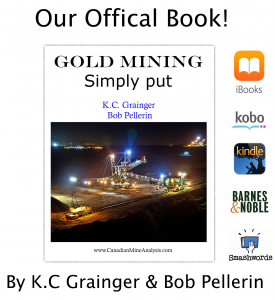Canadian Dollar: End of the waterfall By Harold AGJ Davis, 29 October 2015
The bear market in the Canadian dollar has passed its period of maximum pessimism, and important bottoming action should begin soon. Over the last four years, the Canadian dollar has been deteriorating at an ever steeper slope. Bearishness has fed upon itself and the result has been a curvilinear descent that has become so steep that the summary trend line is almost vertical. Everybody is now familiar with the perils of a resourced based economy during a period of moribund global growth.
Normally, widespread old news is usually associated with fully discounted fundamentals. This means that they are fully reflected in current prices and unlikely to generate much more directional momentum. As well, endless hand wringing and dwelling on the past implies that few have stopped to consider the future. Thus, waterfall markets can end in surprising ways.
Looking ahead for possible fundamentals to justify a bottom in the Loonie, the answer might be found in Canada’s impending shift in policy priorities. Prime Minister Elect Trudeau has a fresh and clear electoral mandate to engage in infrastructure spending. Beyond providing medium term stimulus, the long term significance of this investment in Canada’s future might be to accommodate business development and private investment that fosters a greater measure of economic diversification.
Some have questioned the timing and advisability of infrastructure spending, but, as any homeowner knows, a program of ongoing repairs maintains the value of the house and prevents disasters at a later date. Just ask anyone who has waited too long to replace a water heater or fix the roof. Sadly, Canada is already behind on its maintenance and this poses a threat to economic competitiveness in an increasingly interconnected global trading environment.
To take a single example, Montreal has a long history as a key port city. Many just assume that ships will continue to sail up the St. Laurence to load or discharge their cargos as they have for centuries. However, new container ships being launched in Asia are several football fields long, 60 meters across and extend almost 20 meters down below the waterline. These vessels need deep water ports, extra-large cranes and dedicated ground transportation logistics to facilitate speedy turnarounds. Modern ports that can accommodate these leviathans will get their business. Snooze, you lose. Infrastructure spending is not a cheap political ploy; rather it is a necessary response to globally driven imperatives!
Across the land, anything that develops the Canadian economy away from its slavish reliance on hewing wood and drawing water would lessen sensitivity to the global commodity cycle. However, even within the reliance on commodities, a greater degree of value-added processing prior to export would broaden the industrial base and lend stability. Transportation may play a role here too. Parts suppliers and service providers to secondary processors are often local business relationships and, therefore, roads, bridges, etc. are important.
The infrastructure program is expected to be funded by running manageable budget deficits, and this could be good for Canada in a way few have considered. Simply controlling the deficit will enforce ongoing discipline across the rest of federal government spending. Fluff will give way to strategic priorities. Program spending will be controlled in order to avoid becoming another Greece, Spain or Italy. At the provincial level, infrastructure projects usually involve federal/provincial cost sharing, and provincial legislatures already addicted to bloated debt will also be forced to find day-to-day savings in order to participate.
Clearly, one sided bets against Canada are yesterday’s trade, not tomorrow’s. This country is about to come back!
Harold AGJ Davis is the Author and Analyst at www.prairiecropcharts.com
